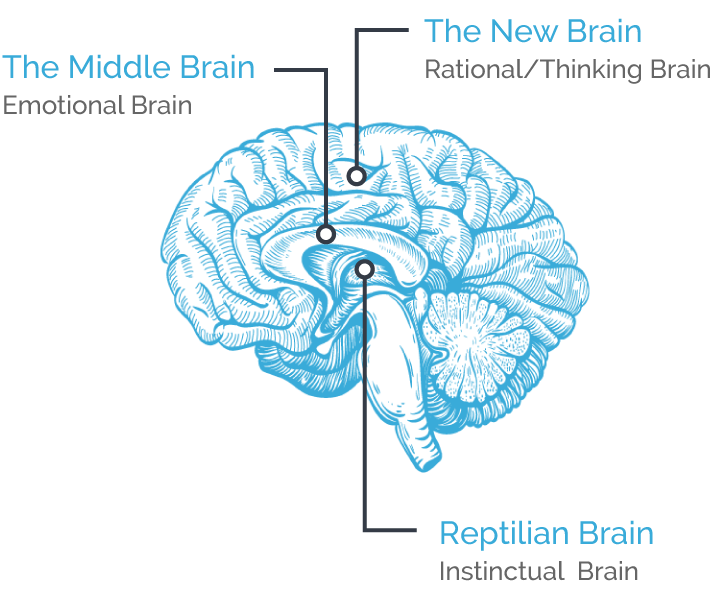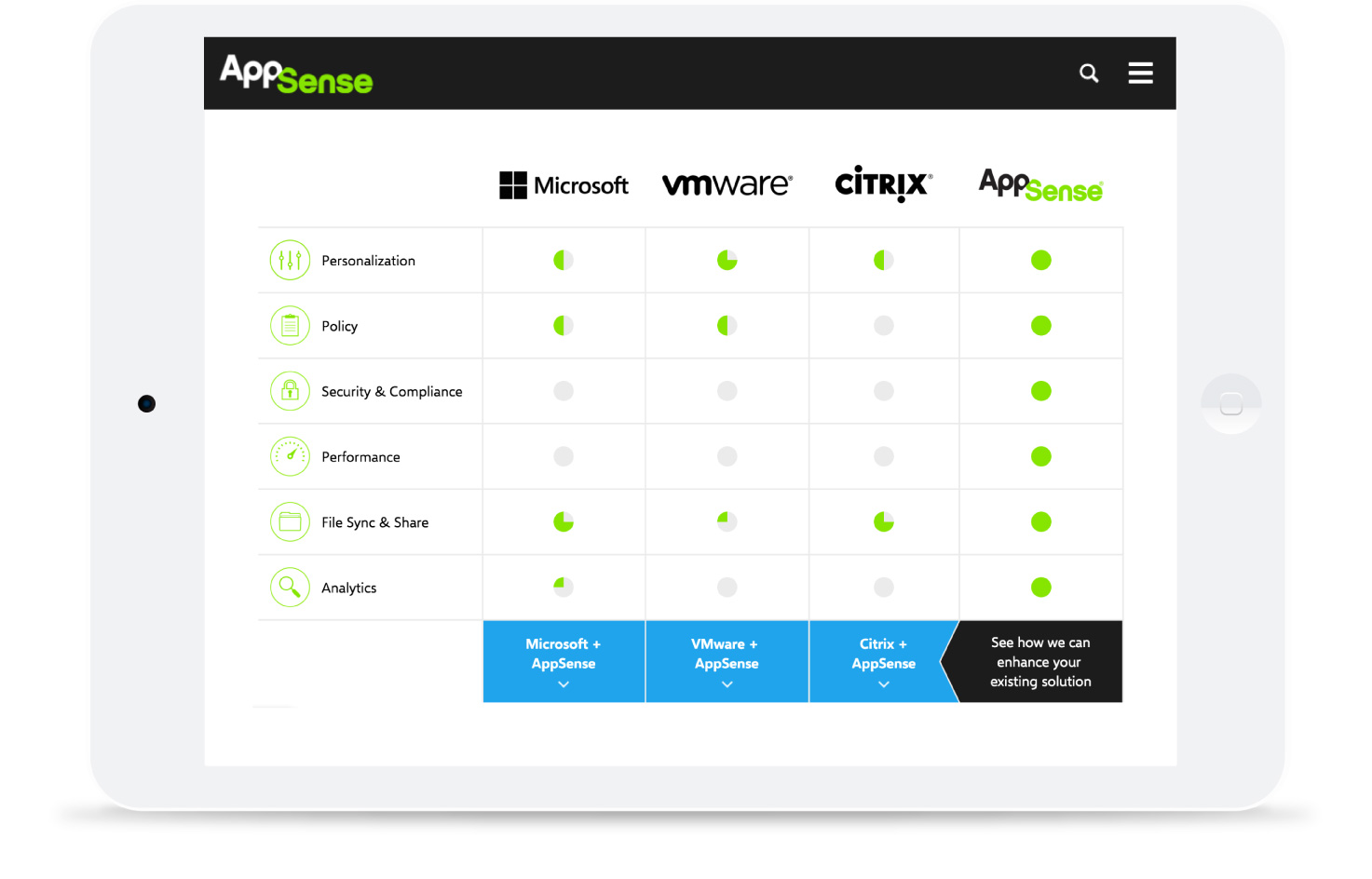As Featured on The Huffington Post
Are you marketing to all 3 parts of your users’ brain?
Unless you’re selling to robots, you’re using the psychology of marketing. Your marketing has to take human emotions into account. In fact, to be effective on any scale, you’ll have to target all the brain’s areas – the primitive, limbic, and neo-cortex. While neuroscientists rightly point out that the brain is more complex than a diagram’s simplification, this three-layered conceptualization helps us understand basic higher functioning and reminds us that the brain comprises of multiple systems.

Like it or not, when it comes to decisions, we’re more rationalizing than rational. Before you can convince anyone to sign up for a demo, you need to target all of these systems using the psychology of marketing.
Let’s start with the basics: the primal brain.
The brainstem controls vital functions like breathing and heart rate and the fight or flight mechanism. Your primal brain will register that there is a wooly-mammoth in the distance before other areas of your brain can even process it. This allows you to have a life-saving, split-second reaction.
The primal brain is still in charge of basic survival. It’s constantly on the lookout for things that are risky or safe, or things you could eat or have sex with.
Want to reach the primal brain? Try this.
The “language” of the primal brain is visual. When targeting the primal system it’s better to spare the speeches and relate with visuals. Experiment with physical and concrete imagery- from food and attractive people to the physical dangers involved with the staying with the status quo.
There’s a reason sex sells; psychology of marketing recognizes that the urge to reproduce is hard-wired within our brains. This doesn't mean you need to drape bikini-clad babes over all your software. The exact type of happy, symmetrical faces depends on your target demographic, experiment with the images that denote health and success.
The limbic system’s role in creating “hunches”.
People who follow their hunches usually don’t regret it. There’s a famous Iowa Gambling Task that shows how the amygdala assesses a situation faster than logic. Participants playing a computer card game are told that each time they choose a card they will win some game money. Some of the 4 decks of cards are "bad decks", and other decks are "good decks”. After about 40 or 50 selections, most participants have figured out which is which.
But it turns out that the body knows the score well before the mind. After only 10 cards, participants’ palms start sweating when they hover over the bad decks. (By contrast, patients with damage to the amygdala don’t notice a difference and continue to draw equally from the bad decks.)
The limbic system takes in information faster than your neo-cortex can process and explain it. If you want people to develop a healthy hunch about your business, you need to target their limbic system.
Emotions matter. Try this:
Target your user’s limbic system by having him or her feel empathy. People are wired to care about individual humans, not numbers. You may have impressive stats about the plight of Syrian refugees, but it’s the image of the stunned, bloody boy alone on a bench that made throats tighten all around the world.
Whenever possible, showcase the individual over the group. Get people to identify and empathize with the “identifiable victim”. Waking up people’s empathy connects you to their emotions- and faster decision making.
Finishing with the facts. Don’t neglect the neocortex.
Now that you’ve gotten past the gate-keepers, it’s time to take out your numbers and statistics.
The neocortex is the hub of the rational brain, responsible for executive functioning like abstract thought, solving complex problems, long-term planning and organizing information. But this rational part of the brain doesn’t operate in a silo. The neocortex integrates information from the other regions in the brain.
When you’re targeting this area, supply the type of information that helps users justify the decision they’ve already made.
Need to target the neocortex? Try this.
When you’re creating an intellectually compelling argument, make it easy for users to compare your solution against the competition. A comparison chart can visually and succinctly create a full overview of the benefits and features of your solution that are important to the user. More critically, it lets users gauge for themselves why your solution outpaces the competition.
If you want to convince anyone of anything, you need to target all three systems in the brain. From arousing the primal brain to connecting emotionally and rationally, your marketing should resonate on every level.











